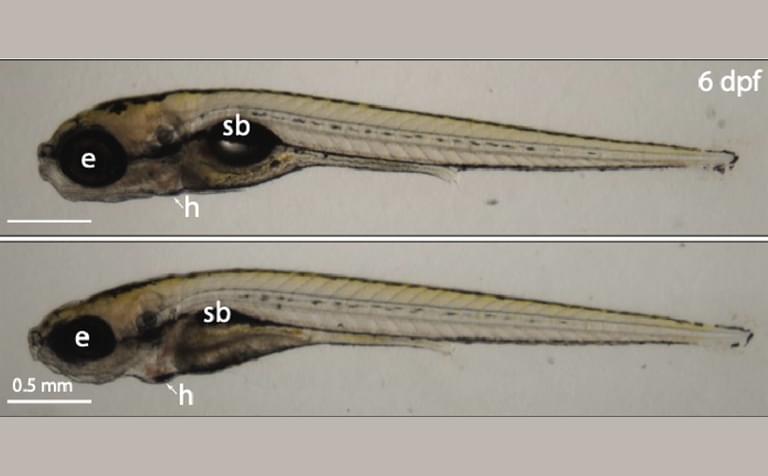News
12 February 2025
#BioBasics: What are Gene Regulatory Networks?
The Sauka-Spengler Lab explores the blueprint and circuitry driving cells
Read Article
News
Learn the biological basics of ribosomes—the molecular machines that build life-sustaining proteins—and why Stowers scientists are studying them.
Proteins, encoded by genes, drive nearly every process in our cells, making them essential for life. Ribosomes are essentially tiny protein manufacturing factories and are found in every living cell, from bacteria to plants to humans. In fact, ribosomes themselves are made from proteins and ribosomal RNA (rRNA), and their job is to read messenger RNA (mRNA) instructions to build proteins.
“Proteins are incredibly important for all cellular processes such as fighting infections, digesting food, or building muscles,” said Postdoctoral Research Associate Tanushree Ghosh, Ph.D. from the lab of Stowers Assistant Investigator Kamena Kostova, Ph.D. “Cells collectively produce millions of ribosomes daily, making ribosome production one of the most energy-intensive processes in the body.”
Structurally, ribosomes resemble a hamburger bun—mRNA threads between the top and bottom halves while amino acids are added one by one to build a protein chain. Because the principal role of ribosomes is to translate genetic instructions into proteins, they were once considered uniform. However, the Kostova Lab studies how they vary widely across tissues, developmental stages, and in health and disease.
Ribosomes play a critical role in cell and tissue function. If their formation or activity is disrupted, it can lead to ribosomopathies—diseases including severe anemia, bone marrow failure, developmental defects, and a shortened lifespan. In addition, many cancers and viruses hijack ribosomal machinery to fuel rapid growth.
The Kostova Lab is also trying to understand cells’ built-in systems that regulate rogue ribosomes and how these systems determine which ribosomes to degrade, maintain, or repair.
“How cells know which ribosomes are defective is the question we are trying to solve,” said Ghosh. “If we uncover how cells identify and eliminate defective ribosomes, we can better understand ribosomopathies and develop new treatments.”
News
12 February 2025
The Sauka-Spengler Lab explores the blueprint and circuitry driving cells
Read Article
News
13 September 2024
Learn biological basics of neural crest cells and why scientists at the Stowers Institute study them in our next #BioBasics episode!
Read Article
News

05 May 2025
Collaboration with Stowers scientists uncovers how cells cope with defective ribosomes
Read Article
